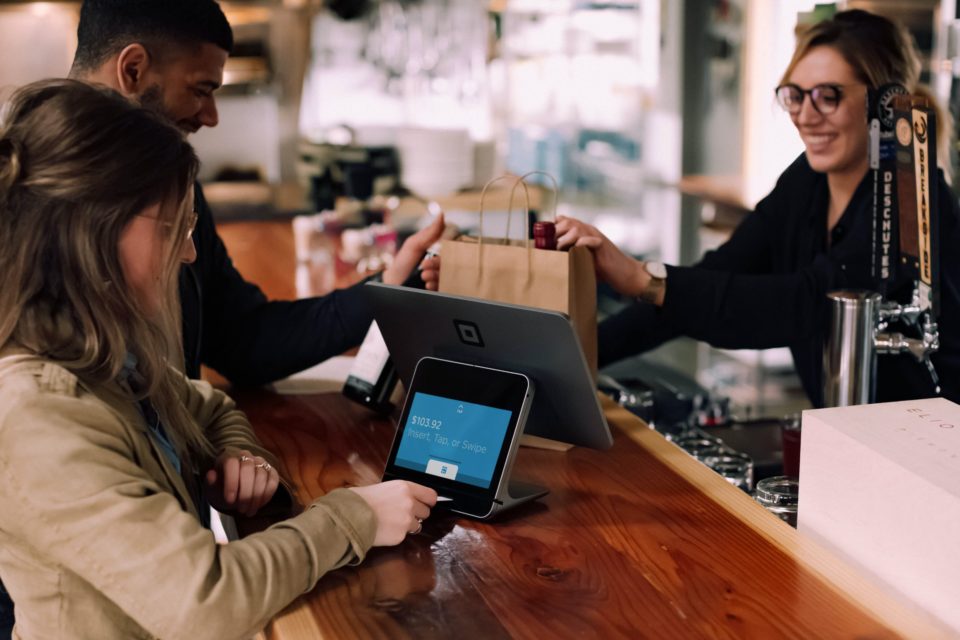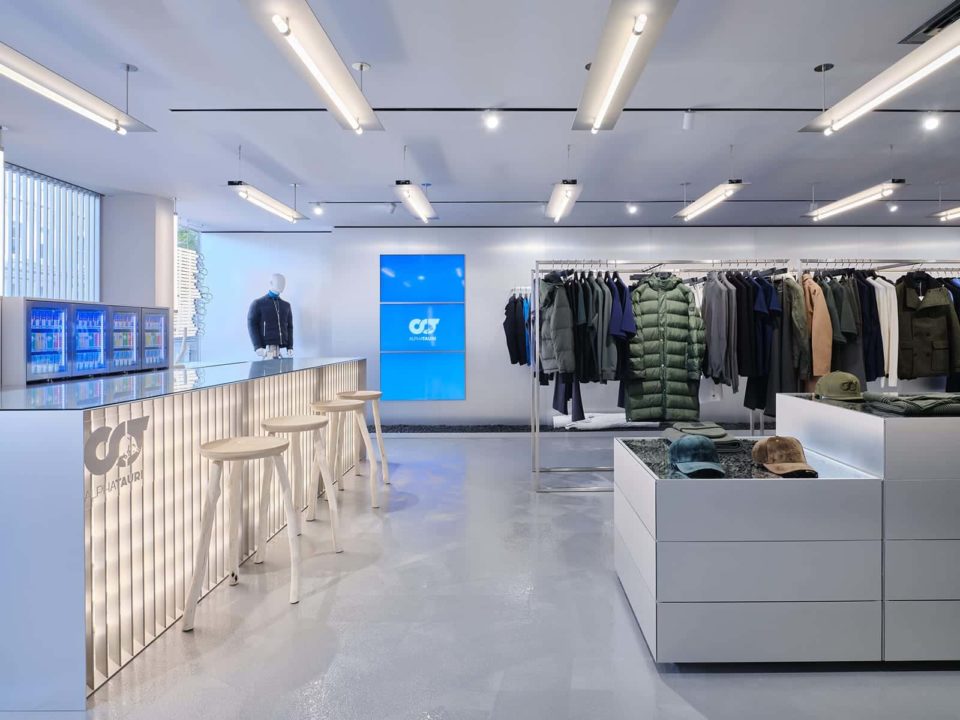Is agile the future of the supply chain?
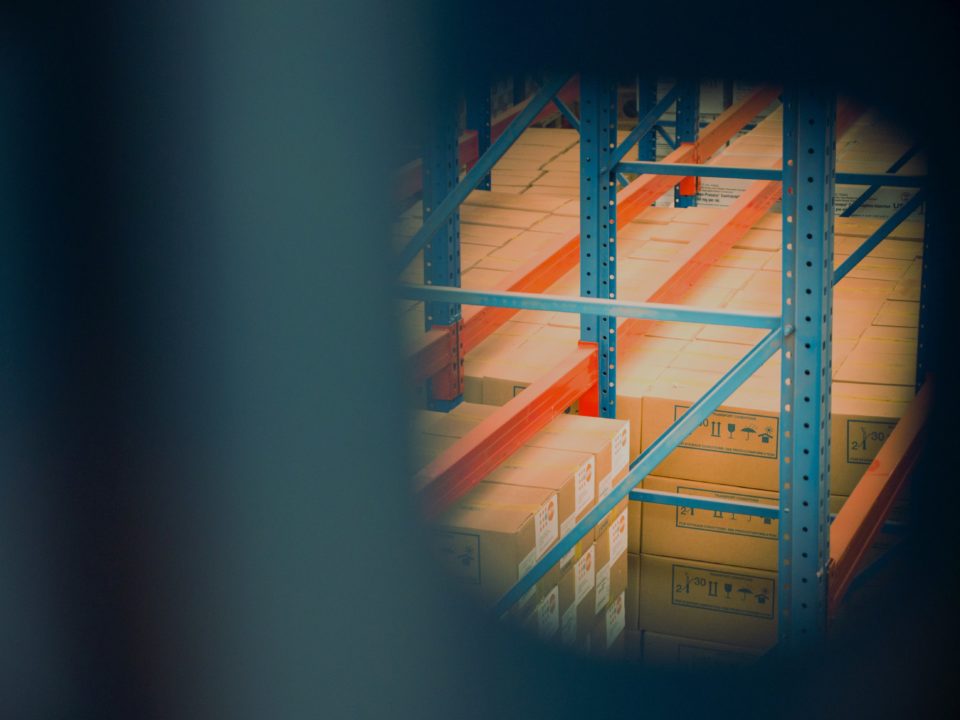
The past year has been defined by disruption.
Whilst a global pandemic isn’t an everyday occurrence, these sorts of major disruptions aren’t uncommon either. Equally, disruption also comes in the form of shifts in consumer behaviour, emerging business models and new technologies.
In order to respond effectively, retailers need to build agility and flexibility into their businesses. An agile supply chain is a key part of this. But implementing such a change isn’t an easy process.
We spoke to Gary Newbury, a supply chain specialist (see below) who helps executives in retail supply chains and the last mile navigate and reinvigorate supply chain performance, to get his expert insights on the steps retailers can take to create a truly agile supply chain.
Gary Newbury, A Senior Exec on Call specialising in Rapid Performance Improvement across Retail Supply Chain & The Last Mile
How would you describe what you do?
My purpose in life is to inspire retail business leaders to think big, be bold, scale, adapt and to win – one epic supply chain transformation at a time.
This isn’t just in terms of the four walls of a retail business but the extended end-to-end supply chain including manufacturing, third party logistics, wholesaling, and the last mile.
I’ve spent many years helping companies with mission critical challenges which often revolved around warehouse and logistics and I often found that the root cause of the issue was somewhere else in the business.
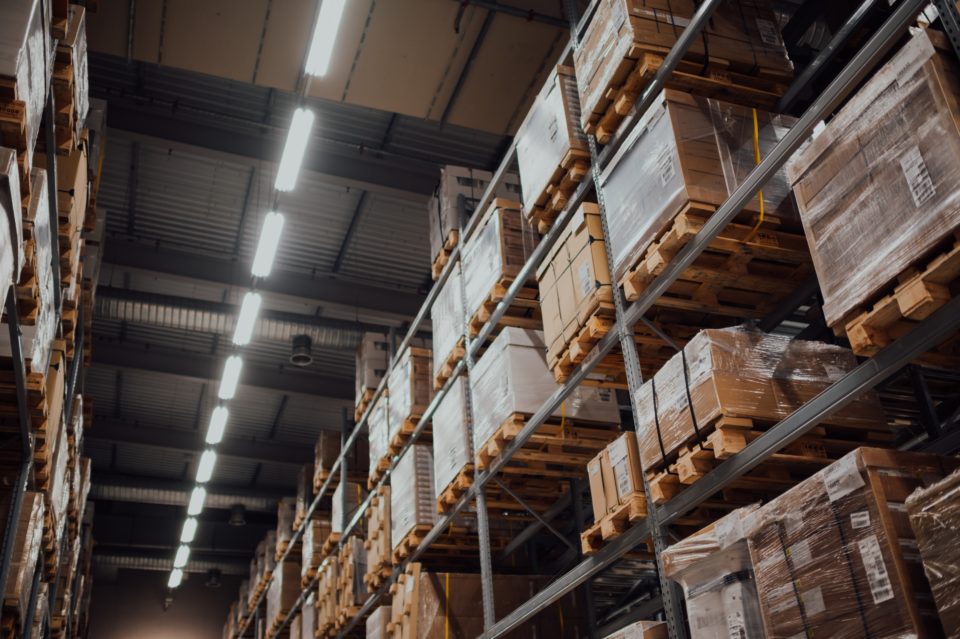
What is the difference between an agile supply chain and the current supply chain model?
The traditional supply chain has increasingly been outsourced overseas where production may be cheaper, but it takes longer for goods to arrive at the stores due to shipping.
This means that when an apparel retailer, for example, is making an assortment plan they have to guess what their market will look like in six months time to place an order. Often there’s a minimum order quantity as well.
The goods get shipped over, fill up a warehouse and then get sent out to stores. The first few weeks of sales aren’t too bad, but then the retailers start marking the goods down 10%, 20%, 30% or even lower. And if the product ends up not shifting it will end up being sold cheaply to brokers or charity or even sent to landfill.
That’s the kind of supply chain thinking that we’ve been using for decades. It’s very inefficient, creates lots of waste, and doesn’t allow brands to respond to current trends quickly.
Another factor is that a lot of retailers like to talk about joined-up thinking but there isn’t much of it appearing in the supply chain. It’s very dysfunctional with lots of individual elements and costs.
An agile supply chain is a completely different kettle of fish. If we think about the literal definition of agile, it means to be able to move easily. But agile is also a mindset.
For example, in an agile supply chain, apparel brands can get right out in front of an emerging trend and respond to it really fast with small quantities to reduce waste. In some cases, products can go from design to the shop floor in just two weeks.
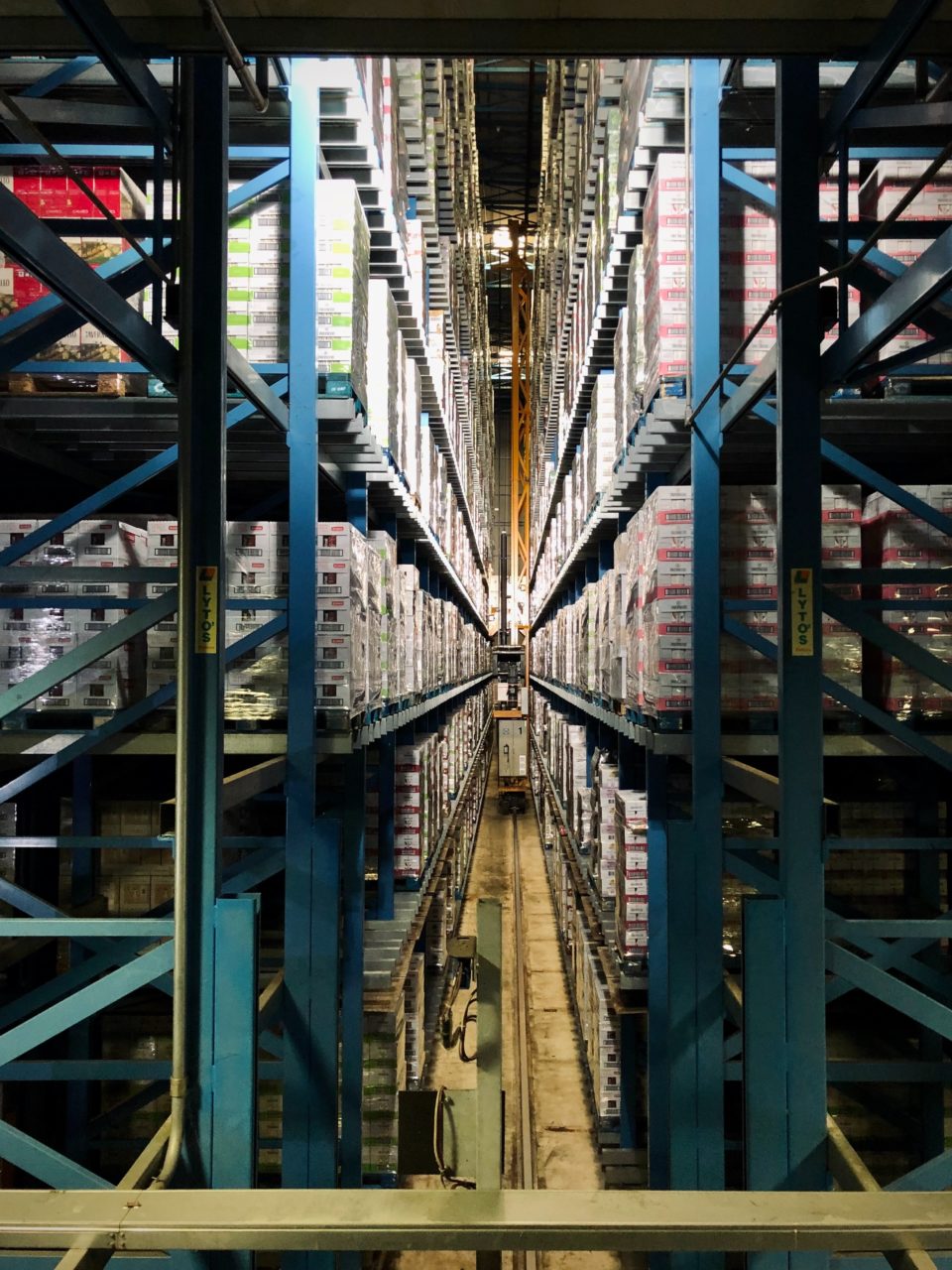
How can businesses develop more agile supply chains?
The move to agile is a very considered step. It’s not one that you can just throw a bit of labour at and suddenly you’re agile.
I use what I call the five configurable elements of transformation or change: processes, systems, architecture, culture, and KPIs. Using this framework, I have developed a three-step process for an agile supply chain.
The first is a change in mindset, which is typically expressed through culture and how businesses think and make decisions. For retailers this may require a reinvention of their business model and organisational structure.
The mindset is about how we build and scenario plan, what are the common themes and how do we develop the capacities and capabilities to be able to switch between these options?
You need to think about the ins and outs of what might happen and what are the best case and worst-case outcomes? What are the possible variants? You then need to reduce that into a solution that can cope easily with these different things.
This means that if a scenario happens that you thought would never happen, you’re able to deal with that in a planned way rather than just firefighting.
You’re able to think through what you have in terms of capacity and capabilities and reconfigure those to be robust and resilient in how you serve and deliver value to the customer regardless.
If you’re trying to build a strong relationship with your customer to build loyalty, you have to have the stock on your shelf or on your website when they expect it. The customer doesn’t care what your business may be facing. They’ll find another source.
The second element is capacity and capability.
Often this is about looking at things in a different way. Many businesses have specific suppliers that they work with, but if something interrupts their operation they can’t just switch to another.
In fact, they’re now competing with their competitors because they’re probably using similar ways to manage their suppliers. What businesses need is to have three or four suppliers where they can actually see what capacities they have, so they can always look at the optimum way of having a product produced. The systems need to be geared up to be able to switch supplier as needed, and collaboratively.
It’s about building capacity ahead of demand whereas most businesses currently wait for demand to build before investing in capacity.
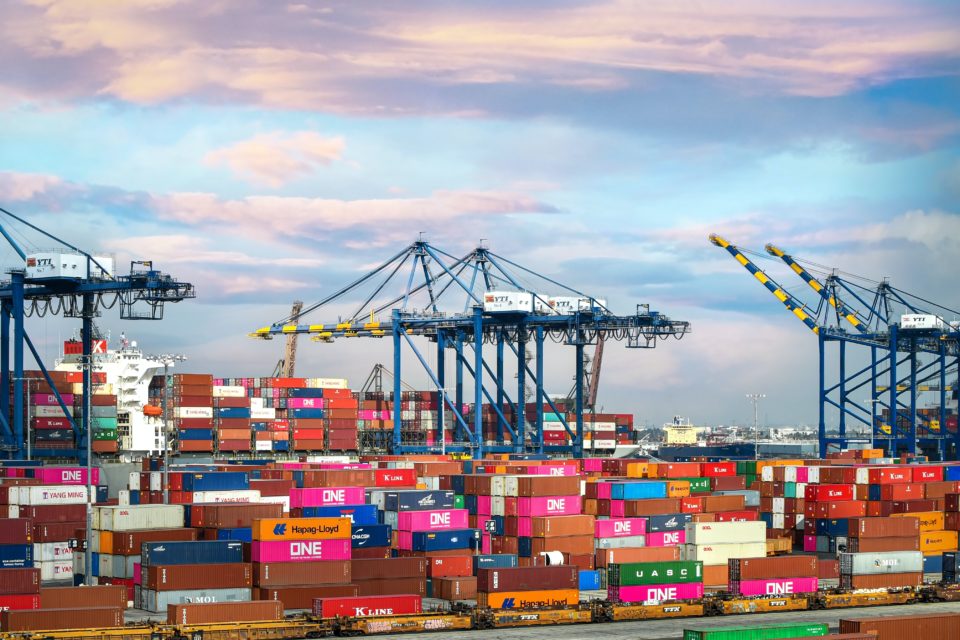
The third element is about implementing systems that give visibility, direction and detailed instructions, and the ability to control and automate those instructions.
Having visibility of the capacity and capabilities that you have at your fingertips, such as the capacity of your suppliers, through deploying systems enables businesses to form collaborations that allow everybody to win.
If you’re going to automate with an agile mindset, you have to think about all the scenarios you could face. Today you might need 5,000 square foot in a warehouse, but you decide to build 10,000 because it’s a lot cheaper at this design stage to do that than it is to add it on later, especially if you’re in a pressurised situation like a pandemic. You need to build the capability or the capacity now to be able to move quickly in a future scenario.
When you’re looking at an automation project, you have to think about a five or seven year recovery, and you’ve got to believe that the product mix is broadly going to be stable.
If the mix suddenly changes or the volume changes then suddenly the automation may be redundant because it doesn’t have the degree of flexibility to deal with that. You can’t use it.
At the moment, there may be a conflict between automation and flexibility in that they’re both attractive for different reasons, but it’s only when we have incredibly sophisticated robots that we’ll be able to do both.
Another factor is metrics. Retailers like to measure things.
But they’re not necessarily thinking about metrics in terms of the questions they need answers to, or the information needed to get those answers.
For example, they know what their stock position is, but this is just naturally flowing information. What they want to know is what are their customers doing? How are their needs evolving?
These things are not necessarily naturally occurring.
Retailers really need to look at implementing systems that provide visibility and then figure out what questions they should be asking of themselves on a regular basis.
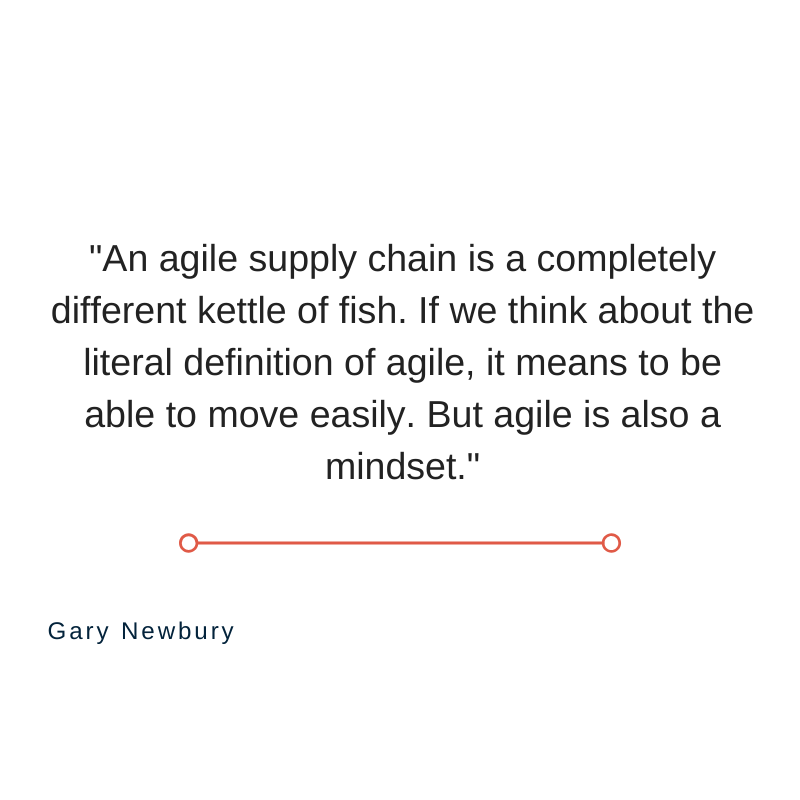
Are there any good examples of agile supply chains in action?
A lot of people have said they’ve become agile but there aren’t many really good examples of agile in action.
There are some brands that will scan your body in the shop and create a custom pair of jeans for you. However, you still have to wait six weeks for the jeans to be made offsite somewhere so we’re a long way away from the idea of fast on-demand production in stores.
I did a number of projects in the UK looking at issues around production planning and the cycle time between getting an order and fulfilling it.
If a business gets an order for a product that’s on the shelf of the warehouse it can be fulfilled the next day. If it’s in production, it could be another two or three weeks before it goes into the warehouse, and then it can be served to the customer.
But if the item is not in production already, then it’s broadly an eight-week cycle before it comes into the warehouse.
I was able to bring that more in line with a five-day cycle by taking a more agile approach to the warehousing and production.
If we take it from the consumer’s point of view, I think companies like Toyota are showing agility. You can speak to a dealer about the car that you want, customise it to your preference and have it delivered within a week.
They can make that happen because they’ve geared up their systems and organised their suppliers to be able to offer that level of service, and they are experts in the field, having honed their processes over 70 years!
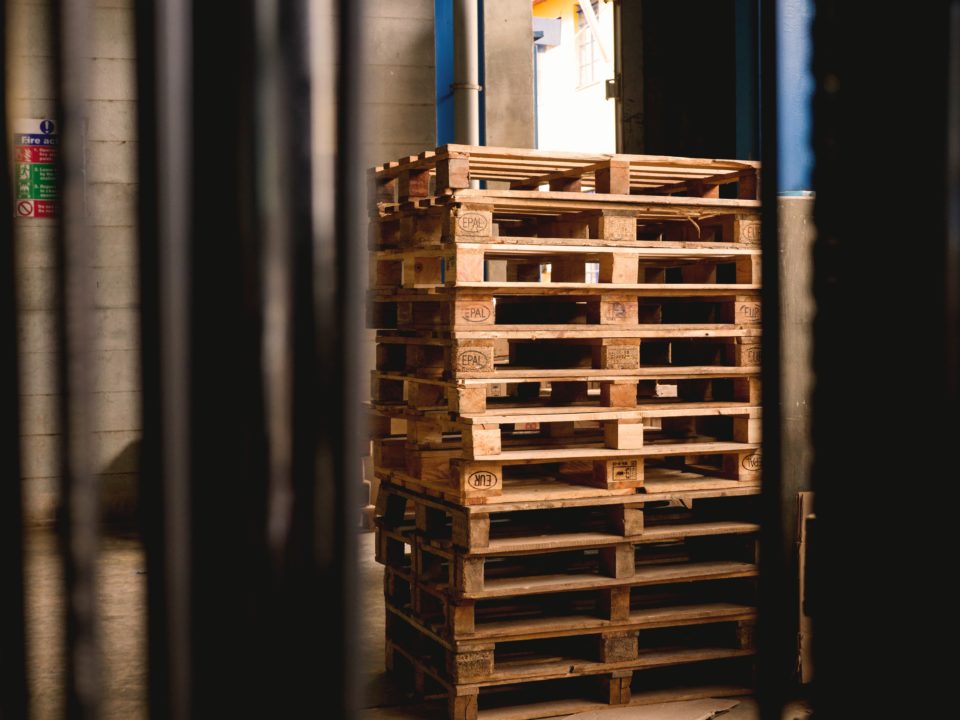
What does an agile supply chain in grocery look like? How does it respond to shifts in demand whilst also being profitable?
If we think about what’s happened to grocery over the last year with the pandemic, the demand pattern for staples has gone through the roof and the data we’ve had for the last 10 to 20 years has been proven to be very unreliable as a predictor of what’s happening today in a store.
For many of these products, manufacturers can claim to be agile because they’ve rushed around and offered extra shifts to staff to cope with demand, but it’s all knee-jerk.
They’ve got this demand, but they didn’t anticipate it and don’t have the physical capacity in the short term because they haven’t made arrangements to be able to double or triple or quadruple their supply network.
They didn’t have the infrastructure or the technology in place to be able to switch and very quickly put that demand out to different factories. They weren’t doing anything differently in terms of their supply chains, just doing more of what they already were doing.
Besides pandemics, there are a whole range of things that can impact demand such as natural disasters, geopolitical challenges and legislative changes. As a business, you need to be prepared to move from what you know to planning for different scenarios.
It’s as much the thinking and strategising as the tech or the machinery that you use to support your supply chain.
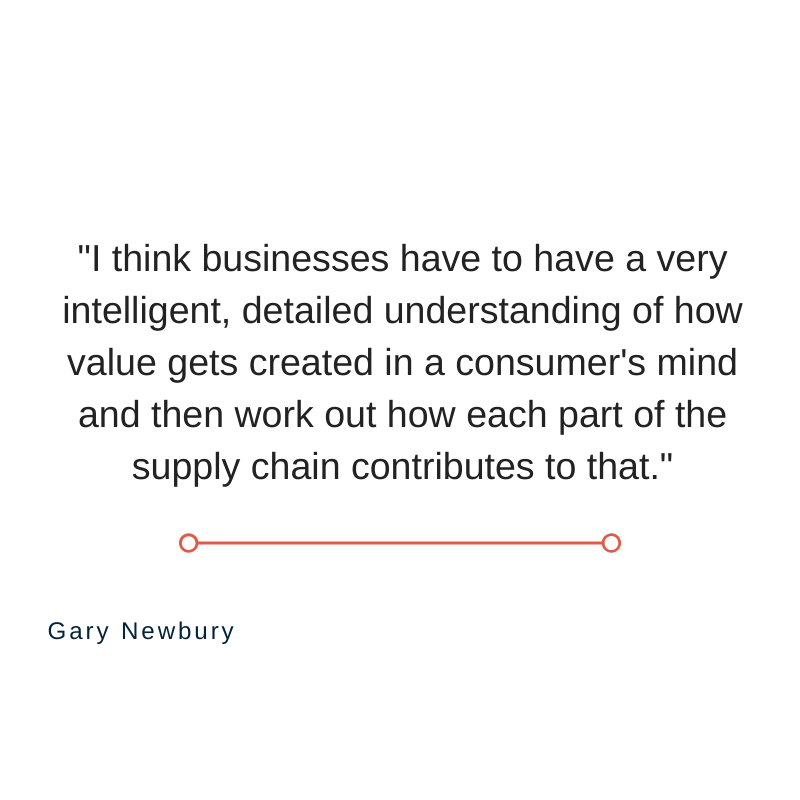
Are there any other key recommendations you make when it comes to improving supply chains?
It’s all about the mindset and culture.
How committed are businesses to this because it could get quite expensive very quickly? Do they have the commitment and cashflow to invest in things that don’t make sense right now with a traditional “sweat the asset” mindset, but from an agile mindset make complete sense?
Many people talk about local supply chains when it comes to agility. But I actually don’t think that’s always the right response. I think businesses should look at what they can do locally, but there will be other areas of the value chain where overseas production still makes sense (typically as building the capability locally may take years and a huge expense and the market moves on).
I think businesses have to have a very intelligent, detailed understanding of how value gets created in a consumer’s mind and then work out how each part of the supply chain contributes to that.
You can find out more about Gary and how to transform your retail supply chain here. Or get in touch with our retail consultants to discuss the omnichannel innovations that can make you money.


